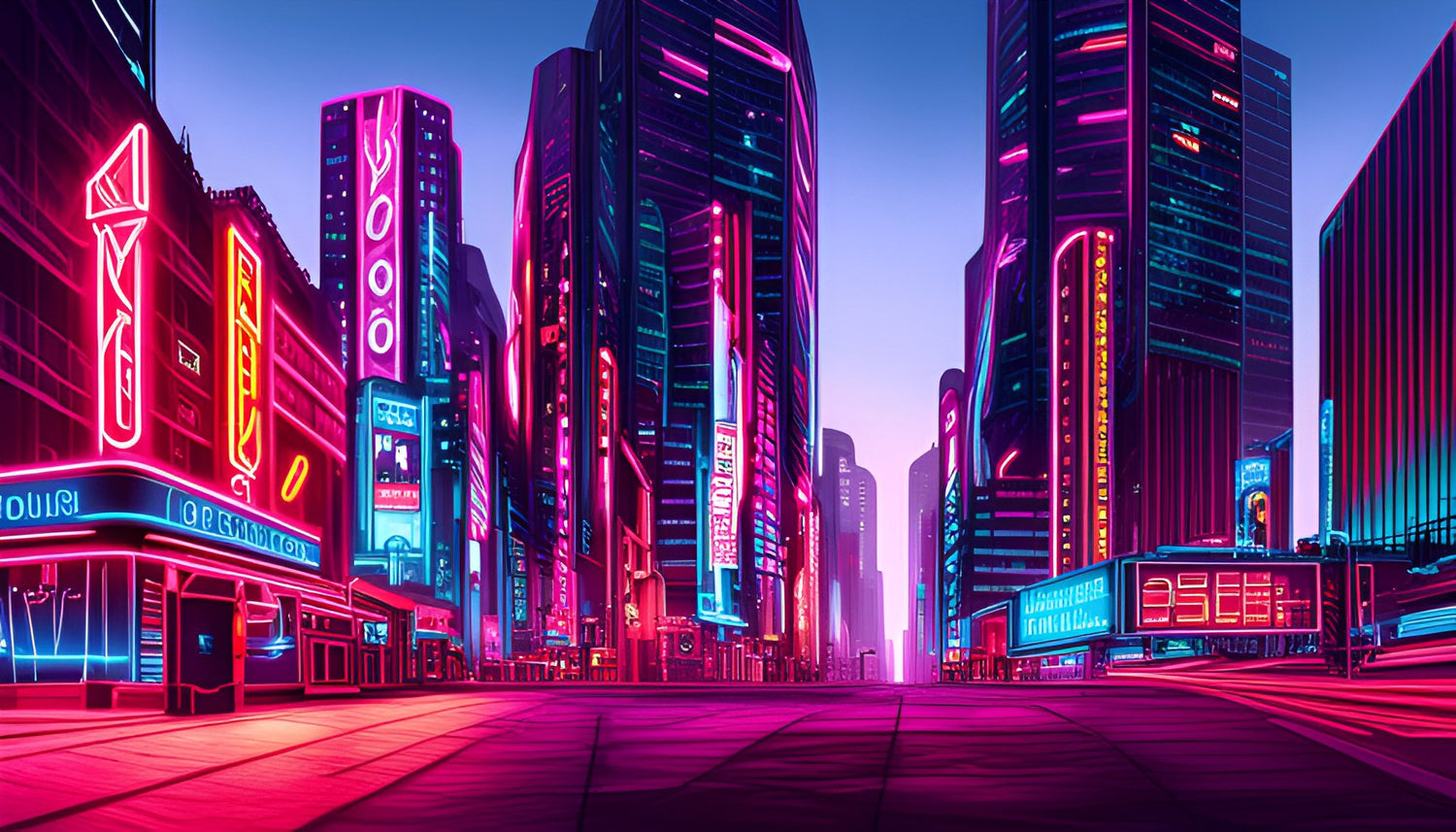Neon Craftsmanship: The Art of Crafting Neon Signs
Neon signs have a mesmerizing glow that captures attention and adds character to any space. The intricate craftsmanship behind these luminous creations is often overlooked. In this article, we will delve into the art of crafting neon signs and explore the skill and expertise required to bring these iconic pieces to life.
The Origins of Neon Signage
Neon signs have a rich history dating back to the early 20th century. The invention of neon gas, discovered by French engineer Georges Claude in 1910, revolutionized the world of advertising. Soon after, neon signs became a popular choice for businesses, illuminating streets and storefronts with their vibrant colors.
The popularity of neon signs grew rapidly, as they offered a unique and eye-catching way to promote businesses and attract customers. Over the years, neon signs have become synonymous with diverse industries, from restaurants and bars to theaters and casinos.
Meticulous Design and Planning
Creating a neon sign is a meticulous process that begins with a well-thought-out design. Skilled craftsmen work closely with clients to understand their vision and objectives. They consider factors such as the size, font, and color of the sign to ensure it aligns with the client's brand identity and the desired ambiance.
Once the design is finalized, the craftsmen meticulously plan the layout of the sign, determining the placement of each individual glass tube that will house the neon gas. This stage requires precision and expertise to ensure the final product is visually appealing and structurally sound.
Craftsmen may create a detailed blueprint or use computer-aided design (CAD) software to visualize the sign's layout before proceeding with the fabrication process. This helps to ensure accuracy and minimize any potential errors.
Working with Glass and Gas
The heart of neon craftsmanship lies in working with glass and gas. The glass tubes used in neon signs are typically made from lead glass due to its ability to withstand the high temperatures required during the bending process.
Before shaping the glass tubes, craftsmen must heat them using a specialized torch or a ribbon burner. This process softens the glass, making it malleable. Using various manual techniques, such as blowing and bending, the craftsmen skillfully shape the glass into letters, symbols, or intricate designs, ensuring smooth curves and crisp edges.
After shaping the glass, the craftsmen fill the tubes with noble gases, such as neon or argon. These gases emit a distinct color when an electrical current passes through them. To achieve different colors, craftsmen add small amounts of other gases or use colored glass coatings.
Each glass tube is sealed and equipped with electrodes at each end. These electrodes serve as the connection points for the electrical current that will bring the sign to life.
Electrifying the Signs
The next step in the process involves electrifying the neon sign. Craftsmen carefully connect the tubes to a power source, ensuring the electrical connections are secure. When the power is switched on, the neon gas inside the tubes ignites, creating that iconic glowing effect.
The electrical current excites the gas molecules, causing them to emit light. The combination of the gas and the color of the glass tube determines the specific hue of the light produced. Craftsmen can control the brightness and intensity of the neon sign by adjusting the amount of electrical current flowing through the tubes.
It is important to note that neon signs require high-voltage transformers to provide the necessary electrical current. These transformers convert standard voltage to the high voltage needed to ionize the gas and make the sign glow.
Installation and Maintenance
Once the neon sign is complete, it needs to be installed correctly to maximize its impact. Experienced installers carefully mount the sign, taking into consideration factors such as visibility and safety. They ensure the sign is securely fastened and the electrical connections are properly insulated.
During the installation process, installers may need to work at heights or in challenging environments, requiring specialized equipment and safety measures.
To maintain the longevity of a neon sign, regular maintenance is essential. Craftsmen offer services such as cleaning, replacing faulty tubes, and re-gassing to keep the sign looking vibrant and functioning optimally. With proper care, neon signs can last for many years, continuing to captivate audiences and serve as a beacon for businesses.
The Enduring Beauty of Neon Signs
Neon signs have stood the test of time as an art form and a powerful advertising tool. The craftsmanship behind their creation requires a unique blend of artistic talent, technical skill, and meticulous attention to detail. From the design stage to installation and maintenance, every step of the process is crucial to ensure the beauty and durability of these luminous masterpieces.
Neon craftsmanship is not only about creating signs; it is about evoking emotions and leaving a lasting impression. The mesmerizing glow of neon signs continues to attract people from all walks of life, drawing them in with their vibrant colors and nostalgic charm.
Next time you encounter a neon sign, take a moment to appreciate the artistry and craftsmanship that goes into creating these captivating beacons of light. Neon craftsmanship is a testament to the human ability to transform ordinary materials into extraordinary works of art.
Whether it's a bustling city street, a cozy cafe, or a retro-inspired bar, neon signs have the power to transport us to another time and place. The allure of their vibrant glow and the skillful craftsmanship behind them ensures that neon signs will remain a timeless art form for generations to come.



Leave a comment
This site is protected by hCaptcha and the hCaptcha Privacy Policy and Terms of Service apply.